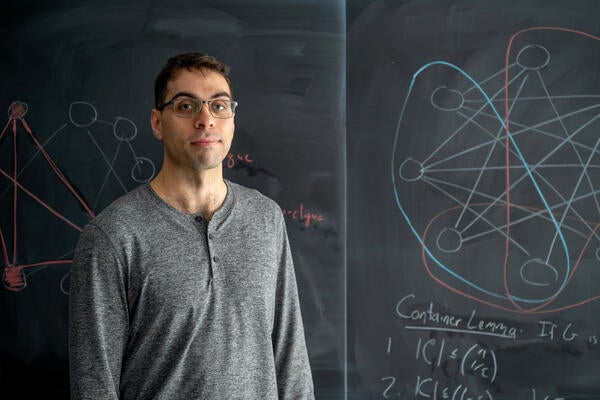
New AI brings the power of natural language processing to African languages
New AI model enables computers to analyze text in African languages for many useful tasks

New AI model enables computers to analyze text in African languages for many useful tasks
By Media RelationsResearchers have developed an AI model to help computers work more efficiently with a wider variety of languages.
African languages have received little attention from computer scientists, so few natural language processing capabilities have been available to large swaths of the continent. The new language model, developed by researchers at the University of Waterloo’s David R. Cheriton School of Computer Science, begins to fill that gap by enabling computers to analyze text in African languages for many useful tasks.
The new neural network model, which the researchers have dubbed AfriBERTa, uses deep-learning techniques to achieve state-of-the-art results for low-resource languages.
The neural language model works specifically with 11 African languages, such as Amharic, Hausa, and Swahili, spoken collectively by more than 400 million people. It achieves output quality comparable to the best existing models despite learning from just one gigabyte of text, while other models require thousands of times more data.
“Pretrained language models have transformed the way computers process and analyze textual data for tasks ranging from machine translation to question answering,” said Kelechi Ogueji, a master’s student in computer science at Waterloo. “Sadly, African languages have received little attention from the research community.”
“One of the challenges is that neural networks are bewilderingly text- and computer-intensive to build. And unlike English, which has enormous quantities of available text, most of the 7,000 or so languages spoken worldwide can be characterized as low-resource, in that there is a lack of data available to feed data-hungry neural networks.”
Most of these models work using a technique known as pretraining. To accomplish this, the researcher presented the model with text where some of the words had been covered up or masked. The model then had to guess the masked words. By repeating this process, many billions of times, the model learns the statistical associations between words, which mimics human knowledge of language.
“Being able to pretrain models that are just as accurate for certain downstream tasks, but using vastly smaller amounts of data has many advantages,” said Jimmy Lin, the Cheriton Chair in Computer Science and Ogueji’s advisor. “Needing less data to train the language model means that less computation is required and consequently lower carbon emissions associated with operating massive data centres. Smaller datasets also make data curation more practical, which is one approach to reduce the biases present in the models.”
“This work takes a small but important step to bringing natural language processing capabilities to more than 1.3 billion people on the African continent.”
Assisting Ogueji and Lin in this research is Yuxin Zhu, who recently completed an undergraduate degree in computer science at Waterloo. Together, they present their research paper, Small data? No problem! Exploring the viability of pretrained multilingual language models for low-resource languages, at the Multilingual Representation Learning Workshop at the 2021 Conference on Empirical Methods in Natural Language Processing.

Read more
Here are the people and events behind some of this year’s most compelling Waterloo stories

Dr. Chris Bauch, a professor of Applied Mathematics at the University of Waterloo, is part of a team that has developed a new approach to help public health officials predict where outbreaks might occur. (Elisabetta Paiano/University of Waterloo)
Read more
New research demonstrates that vaccine skepticism on social media can predict public health crises

Read more
Waterloo researcher Cameron Seth is breaking down the world’s hardest computer science problem piece by piece
The University of Waterloo acknowledges that much of our work takes place on the traditional territory of the Neutral, Anishinaabeg, and Haudenosaunee peoples. Our main campus is situated on the Haldimand Tract, the land granted to the Six Nations that includes six miles on each side of the Grand River. Our active work toward reconciliation takes place across our campuses through research, learning, teaching, and community building, and is co-ordinated within the Office of Indigenous Relations.